Andrew Zimmern is the charming, loquacious, appropriately chubby chef and TV personality best known for his ability to consume the weirdest stuff you can imagine, ranging from the unusual (skate wing) to the outrageous (ox blood, starfish). The four-time James Beard-award-winner cheerfully tries anything and everything on Bizarre Foods, but he has also hosted The Zimmern List and Bizarre Foods Delicious Destinations on Travel Channel and Big Food Truck Tip on Food Network.
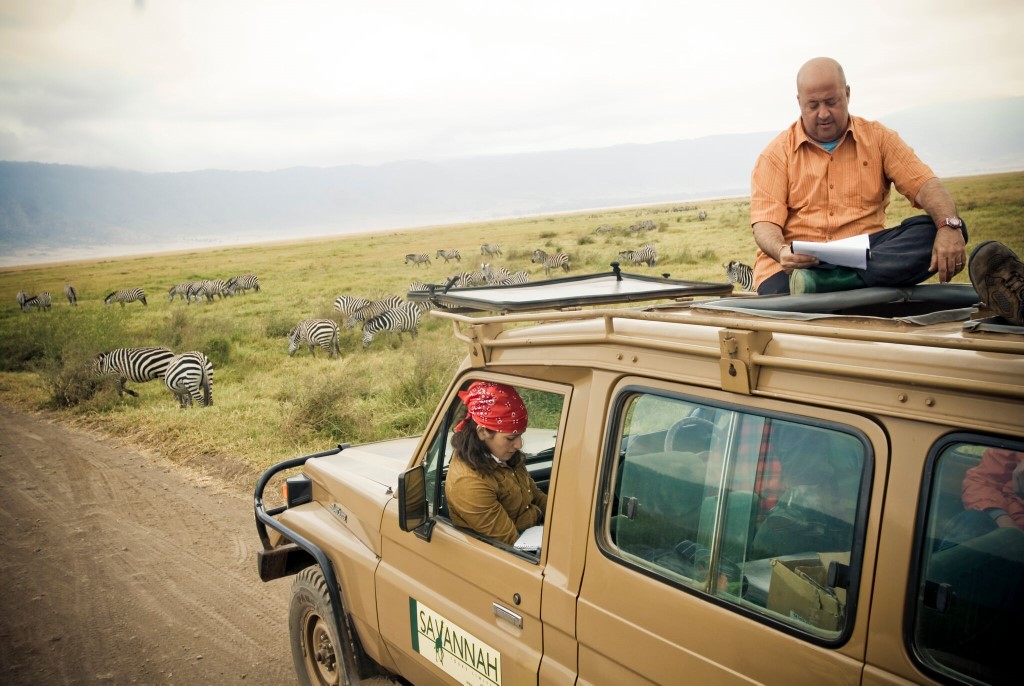
Zimmern’s mission, of course, is not to gross us out, although that’s undoubtedly part of the appeal, but to introduce us to far-flung cultures via their cuisine. As he says, “We live in a very small world that for the last generation or two has increasingly been defining ourselves by our differences. Instead, we should be defining ourselves by our commonalities.”
Lately he’s expanded his portfolio by writing a book for young adults (AZ and the Lost City of Ophir, co-written with H.E. McElhatton) and by opening “Lucky Cricket,” a Chinese restaurant in his hometown of Minneapolis-St. Paul. (The latter endeavor raised cries of cultural appropriation when, in offhand remarks, Zimmern knocked Midwestern Chinese takeout joints.) Zimmern’s book features a young explorer named AZ who goes back in time to solve mysteries – in this case, he must guard magic artifacts hidden in an Egyptian pyramid from an arch villain.
The Saturday Evening Post: Where did the idea come from to write a children’s book?
Andrew Zimmern: I have a 13-and-a-half-year-old son. As a young person, I read voraciously. He reads voraciously. I always pushed him towards books filled with lots of learning as well as being fun to read. And then there were a lot of books that were departures from that, such as the ones with too many illustrations, too many fart jokes.
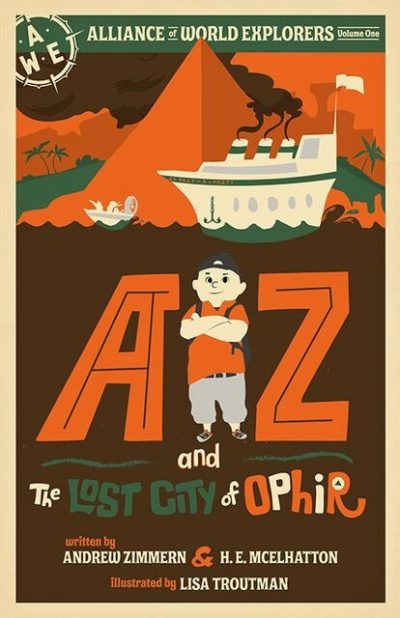
I’m a longtime student of history, so I started to think about what kind of adventure could I send him on where the readers could learn about sociology, anthropology, math, and so on and do it with food as a connector and a good story.
SEP: You’ve said that the protagonist, AZ, is somewhat like you as a boy. He doesn’t listen very well, doesn’t like math, but he’s adventurous and an adventurous eater. In fact, we learn that AZ makes pocket money from other kids who pay to watch him eat gross stuff, like slugs. How autobiographical is the book?
AZ: Well, when I was a kid, when we went on school trips to a farm in Massachusetts, I was the one who ate the tadpoles we would scoop from the pond.
SEP: There’s a playfully subversive quality to the book. At the very start, he’s sneaking chemicals he bought online past his mother and playing tricks on his father.
AZ: I do think that certain character attributes, whether it’s sneakiness or inappropriateness, actually connect with kids, because they’re really thinking those things, as opposed to portraying a sterile kid who never has those thoughts.
SEP: There’s a lot of, let’s just say unusual food referenced in the book, all leading up to the gross-out food challenge at the climax where AZ has to prove himself by consuming a meal of monkey dung pellets, roasted wasps, grasshopper tacos, grub kabob. What is some of the weirdest stuff you’ve eaten?
AZ: It’s always the putrefied or rotten foods that are consumed in many cultures, but not consumed in the modern America of 2019. One of the foods I’ve eaten four or five times that I’ve actually started to develop a taste for are stink-heads, which are predominantly eaten by First Peoples in the Pacific Northwest and the Arctic Circle. They bury fish heads in the wintertime and actually let them rot. If you eat them too soon, the bad bacteria will make you sick. If you let them decompose a little, the bad bacteria is killed by the good bacteria and they become edible.
SEP: On “Bizarre Foods,” when you are stumped by something (such as eating a starfish that you said tasted like “a mouthful of sand”), you have this amazing ability to detach yourself. You’ll casually say, “this setting off the gag reflex” – then you’ll roll it around in your mouth a little more to get the feel of it and finally spit it out. Most people would be retching by that point. Do you have a cast iron stomach?
AZ: Yes, I do. If I couldn’t do that I wouldn’t be doing what I’m doing.
SEP: What can be done about kids who are picky eaters?
AZ: I happen to think it’s a cultural phenomenon. Kids are not predisposed to not eat foods. So, you hear: “My kid doesn’t eat fish or vegetables.” But if you go Thailand or Japan, or an African country, children do not have that issue. In fact, as human beings, we are disposed to eat all foods that are good for us. So what happens is, society sends messages that certain foods are gross. And parents are time impoverished, so they default to foods their kid will eat, and they give them the beige meal, french fries and chicken fingers and Texas toast. That’s not in the best interest health-wise for the child.
SEP: How do you break that cycle?
AZ: I found, using my child as social experiment, that putting out a large variety of vegetables and salads and grains on the table with a small amount of meat –not the typical American way of dining — was really beneficial. And my son is now, at 13, a big eater of all things.
SEP: You’ve said that Westerners are wasteful about their food, and you cite the example of tossing out heads of shrimp, which are considered a delicacy in other cultures. What can we learn from other cultures that can help us be less wasteful? And, what are some of the more interesting cultural developments in American food?
AZ: The biggest positive is the nose-to-tail movement in this country, but it’s really not new. It’s the way our grandparents ate. Another thing that’s trending up is the proliferation of farmer’s markets, where, at the end of the season they’re selling 10-pound bags of blemished apples or bruised and less-than-perfect tomatoes for people to make tomato sauce. Those tomatoes, as banged up and bruised as they look, often have the greatest flavor for cooking. And if we can just take that idea and expand it to all the other foods we eat. You know, overripe bananas are ideal for making banana bread. Whole fish, you can make soup from the bones, the best muscles are often found in and around the neck and collar and head of the fish.
SEP: That idea is still a bit far from mainstream.
AZ: If you go to the meat section of an average American supermarket, all you see are individually wrapped portions of the luxury cuts. When I was growing up in the ’60s, in the meat case there were beef shins, there were chicken feet to make stocks and soups from, there were organ meats, because whole animals were coming into butcher shops. Good luck finding beef shins to make soups and stocks with today. Supermarkets are disposing things that don’t look perfect. We live on a planet with limited resources, and we are entering a very challenging next fifty-year period. Climate change is going to radically affect food production. Utilizing every part of the animal is vital. Conserving resources, eating less meat to prevent the ensuing damage to the environment — whether it’s water run-off issues; whether it’s chemicals and pesticides; whether it’s medicines given animals in factory farms that human beings shouldn’t be consuming —all of this is vital.
SEP: You’ve made a career of promoting other cultures, other cuisines, but you got into a messy controversy when you opened a Chinese restaurant “Lucky Cricket” in Minneapolis, then, in an interview, took a shot at Midwestern Chinese takeout joints.
AZ: There are two issues in hand here. The first issue is celebrities saying stupid things. And I regret it. I’ve apologized for it. I’ve made a career out of shining a light on diverse communities and foreign culture, so the idea that my comments were in some cases taken out of context and in some cases, twisted around, that is 100 percent on me. Had I not made a flippant and unintentionally callous remark to begin with, I wouldn’t have to answer this question. So, on issue number one, I’ve apologized. I’m spending this whole month listening and learning, my whole job is to absorb that. There were a lot of people who were hurt by those comments. It absolutely crushes me and there’s not a moment of each day that goes by when I’m not mindful of that.
The second part, is that it’s not okay just to say you’re sorry. You need to actually make amends and try to make the situation right. Right now I’m listening and learning and focusing on doing the best job I can at the restaurant. I love Chinese food, Chinese-American food, and most importantly, I like Chinese and Chinese-American people. I just hope I can do the food justice — food I love almost above all others. It’s important that I go about this the right way, so my apology and my subsequent amends have meaning and that’s what I’m focusing on in the coming weeks.
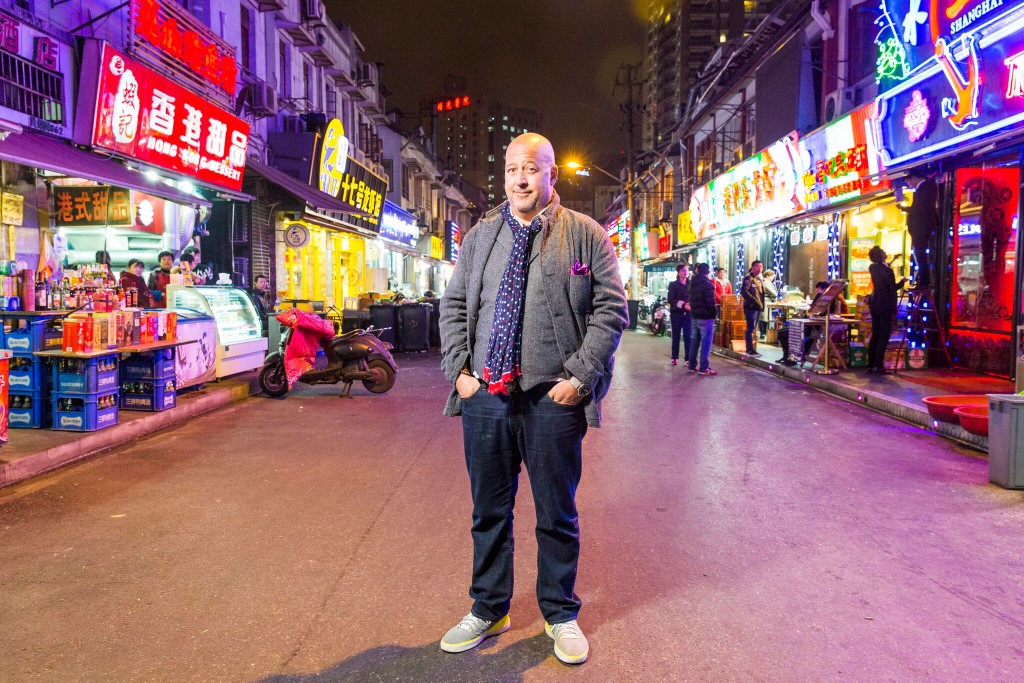
As far as the cultural appropriation issue of who gets to cook what, that’s a very important conversation to have, but [because of being at the center of the controversy] I don’t want to be a spokesman for anything and make an already difficult situation worse. So for the time being I think it’s best that that conversation go on among the people for whom it’s most important, and I hope in the future to be able to contribute to that.
SEP: You went through a period of drug and alcohol dependency in your younger days. Can you talk about what you learned from that experience and why you’re so open about it?
AZ: I’ve been extremely transparent about my alcoholism and drug addiction because, while I firmly believe my anonymity within the 12-step world is a very important tent pole, I don’t think people have enough folks to point to and say, “Wow that person had a horrific story and they got well.” There’s a hopelessness that sets in with this, not only for the alcoholic or addict but also with their family. Because it’s a family disease, it’s a workplace disease. There’s not a day goes by that on social media, or walking around the streets in whatever city I’m in, that I don’t hear from somebody who says “thank you for that. I’ve passed that message of hope to a loved one who is struggling with that.”
SEP: You once said in an interview that while traveling you “shed your urban American skin.” Why is traveling so important?
AZ: I think human beings are at their best when they’re traveling. They’re more curious, less risk averse, more open to new ideas, more open to talking to people and asking questions; they’re friendlier; their humility is increased. Look, at home, I don’t walk around the Twin Cities talking to people. I know how to get around; language isn’t a barrier. When you’re traveling you’re pushed beyond your comfort zone. You learn things, you grow in empathy and understanding of other cultures and you import that back home, and I think you are the better for it.
“I think human beings are at their best when they’re traveling. They’re more curious, less risk averse, more open to new ideas.”
SEP: What about when you’re staying at a beach resort?
AZ: I’m fine with a beach vacation; I like to hang out on the beach with a stack of books too. But, I can’t tell you how many friends of mine, when they tell me they are going on a vacation, they name Cancun or another big resort. I’ve been to Cancun half-a-dozen times, so I always ask them, “My God, where did you eat?” And they list off four or five hotels or beach bars — everything that’s in the hotel zone, the beach side of the highway. You know, there are a million people on the other side of the highway, where the food is absolutely breathtaking. If you go to Cancun and your only opportunity to talk to Mexican people and eat Mexican food and expose yourself to Mexican culture is in the hotel zone, then you’re missing out on the best things about the world.
Feature image photo courtesy Travel Channel.
Become a Saturday Evening Post member and enjoy unlimited access. Subscribe now
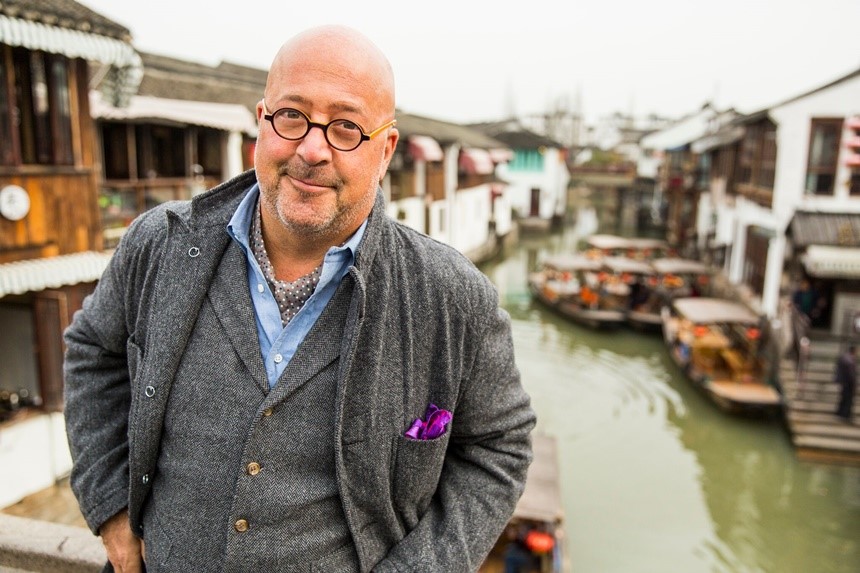
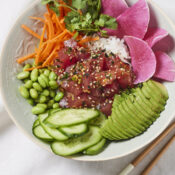


Comments
I want to put a Antelope hunt and process and cook on Zimmerman’s show. How do I go about doing that?
Why are you not on the travel channel anymore?